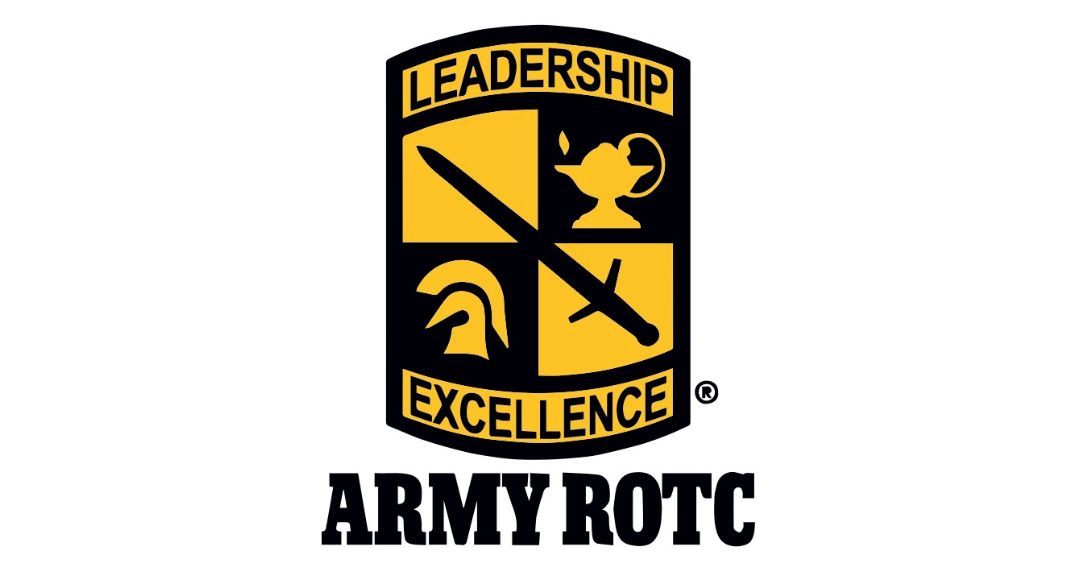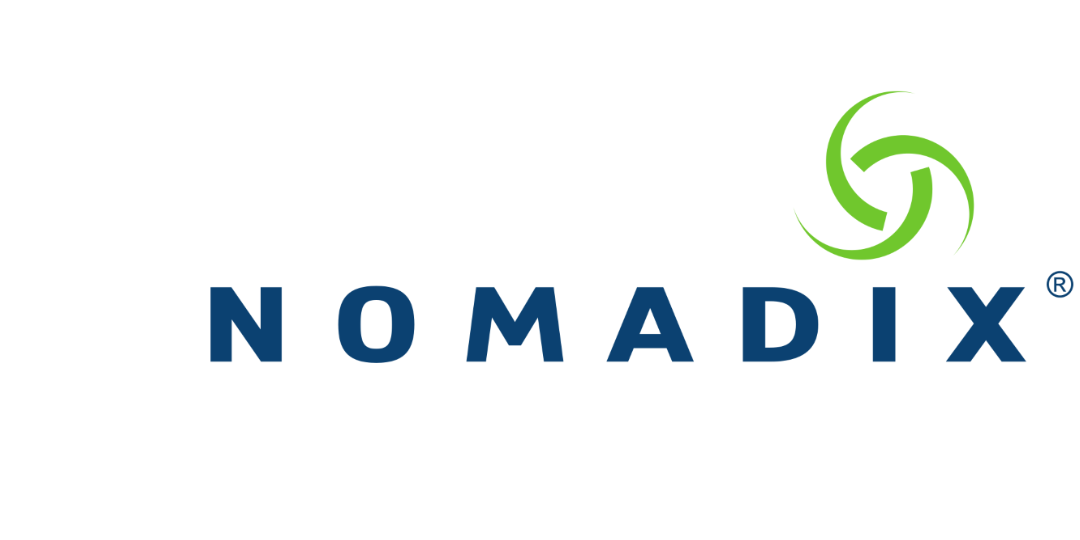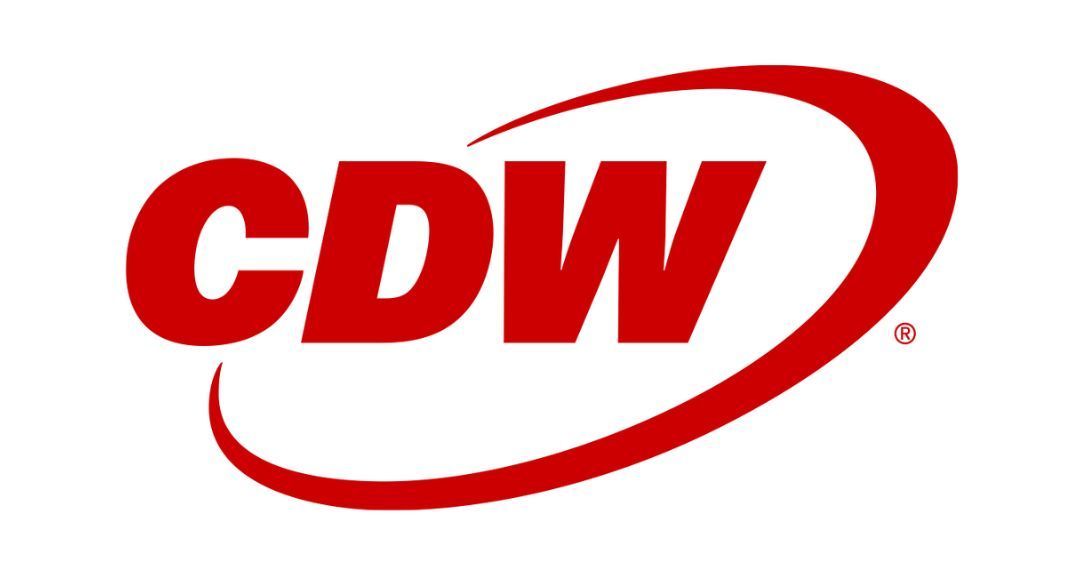Leveling Up Education: The Rise of Esports in K12 Schools
)
Picture this: a packed arena, thousands of fans roaring with excitement, colorful jerseys and homemade signs everywhere. But instead of traditional athletes, the stars of the show are skilled gamers battling it out on giant screens.
The stage is set with massive 128-inch 4K TVs, high-tech gaming rigs, and an electric atmosphere. Welcome to the world of e-sports, where the competition is fierce and the stakes are high.
Household brands like Mountain Dew, Mercedes-Benz, Samsung and Red Bull back the teams, and prize packages total in the hundreds of thousands of dollars.
This isn’t your typical sporting event.
This is esports. And it’s an industry expected to grow from its current valuation of $1.38 billion to $1.87 billion by 2025.Esports, or electronic sports, is the exciting world of competitive video gaming, where skilled players battle it out in popular games like Fortnite, League of Legends, and Overwatch.
From its roots as an underground, competitive arcade community in the 1970s to its high-profile status today, esports rose in popularity with the dawn of multiplayer online games like CounterStrike, Rocket League, Call of Duty and League of Legends.
Today, esports is a global phenomenon with professional leagues, gaming organizations, extremely popular content creators, and large-scale tournaments.
With its growing popularity, schools are increasingly weaving esports into their educational frameworks, recognizing its potential to cultivate essential skills like teamwork, digital literacy, communication, critical thinking, and problem-solving.
In addition to having skills-building applications, esports is now being considered a STEM concept for its ability to spark students’ interest in career fields like computer science and programming, marketing and content creation, video production, and other tech-aligned disciplines.
But how did esports become such an integral part of STEM education? And how can it impact the K-12 student experience today? Let’s explore its origins and influence.

How Gaming Came into Play for K-12 Schools
Esports gained traction in K-12 schools around 2018, driven by pioneering educators like James O'Hagan, who recognized its potential to engage students in STEM concepts. O’Hagan – an advocate for using video games and esports as tools for learning – founded the Academy of Esports, one of the earliest platforms promoting the educational benefits of curricular esports.
As for integrating esports into curricula, K-12 schools began to follow O’Hagan’s recommendations, using gaming to teach critical skills in technology, engineering, and mathematics.
Programs like the Network of Academic and Scholastic Esports Federations (NASEF) and the High School Esports League (HSEL) have since provided structure to the curricular gaming concept, allowing students to apply concepts from the classroom in real-time strategy, coding and problem-solving.
Since its inception, the HSEL has provided more than 50,000 students with more than $600,000 in scholarships to pursue gaming at more than 6,000 schools nationwide. The NASEF’s mission is to provide schools and out-of-school programs with the tools and resources they need to “establish a place where students can play, learn and grow.”
Initiatives like these not only enhance educational quality by offering hands-on experiences, fostering teamwork, but also open pathways for students to pursue viable and sustainable career paths.
Success in the Esports Spotlight
In November 2023, a small Catholic high school in Detroit shared a video to its YouTube channel, which later attracted the attention of ESPN, garnering more than 4.2 million views from the American sports authority’s one TikTok post.
What was in the video? A 50-second clip showcasing an enormously loud crowd cheering on the Detroit Catholic Central High School’s Rocket League esports team.
Moments like these highlight why esports has emerged as one of the most sought-after career paths for today’s youth. Exclusive of Internet fame, sustainable careers can manifest from the world of professional online gaming. Take, for example, three of the largest esports organizations in the United States: OpTic Gaming, 100 Thieves, and Cloud9 Esports. Each organization represents 8 to 10 players per competitive video game title, while employing staff including videographers, analysts, recruiters, engineers and other STEAM-aligned professionals to support their operations.
OpTic Gaming is home to some of the winningest professional gamers in the history of the sport, including Seth “Scump” Abner, Matthew “FormaL” Piper, and Ian “Crimsix” Porter.
Breaking it down even further, Scump’s rise to esports success is attributed to his 30 major esports championship wins, including back-to-back X Games gold medals and a Call of Duty League world championship. Since his retirement at age 29 in 2023, he’s maintained his reputation as a prolific content creator for OpTic Gaming, with an estimated net worth of more than $4 million in annual revenue from YouTube and Twitch, brand deals and sponsorships, and his professional salary.
Scump’s story is just one example of how competitive gaming can foster young people’s independence, confidence and career growth. And, in the context of STEM careers, it’s becoming more evident esports can introduce students to nontraditional paths they may not be exposed to otherwise.
What It Means for Educators: Enhancing Student Outcomes through Gaming
While esports has become an integral part of the STEAM (Science, Technology, Engineering, Arts, and Mathematics) curriculum in K-12 school districts across America for its extracurricular value, it also provides a highly dynamic platform for interdisciplinary learning.
Integrating esports into the classroom has proven to be an effective way to empower students, engaging them in hands-on activities that seamlessly blend learning with technology, design, and critical thinking. For instance, students can develop and apply skills like coding and game development, explore the engineering behind computer and gaming hardware, and apply mathematical concepts to game strategies. The component of the arts in STEAM can be further emphasized through gaming’s close ties to the worlds of graphic design, storytelling, and media production.
One of the most notable examples of gaming and STEAM curriculum is found at Birmingham City Schools in Alabama. It became a national model curricular esports when it launched a district-wide EA Sports program in 2019.
This program placed a strong emphasis on leveraging esports to engage underrepresented students in STEM subjects, rapidly gaining attention for boosting attendance, improving academic performance, and creating clearer pathways to college scholarships. Their approach to blending gaming with STEM learning is often cited as an example of how esports can positively impact student outcomes in underserved communities.
Another prominent example comes out of St. Louis Park Public Schools in Minnesota. The disctrict implemented an esports program that quickly gained attention for its strong alignment with STEM education. Linking gaming with courses in technology and engineering, its program enables students to participate in competitive gaming while learning about game design, coding, and computer science. Since the program’s implementation, the district saw higher student engagement in STEM subjects, and students felt like they developed better collaboration and communication skills. The program’s success has been attributed to its clear focus on wielding esports as a tool for academic and personal development.
In short, esports has quickly become a worldwide phenomenon.

From stadium-busting championships to going viral on TikTok, competitive gaming poses seemingly endless possibilities. Its application to the classroom can help students build in-demand skills, prepare them for tech-aligned professions, and give them the technical knowledge necessary to thrive in a STEAM-centric future.
And, because of gaming’s ability to connect tech concepts to essential skill-building, esports programs can help educators make STEAM subjects more accessible, relatable and engaging – especially for students who may not be drawn to traditional classroom methods.
From enhancing digital literacy and problem-solving skills to fostering creativity and collaboration, esports is rapidly becoming a cornerstone of modern education.
Ready to Level Up Your Knowledge?
Register for FETC 2025 to dive deeper into esports and other cutting-edge topics that are shaping the future of education. Don’t miss out—secure your spot today!










